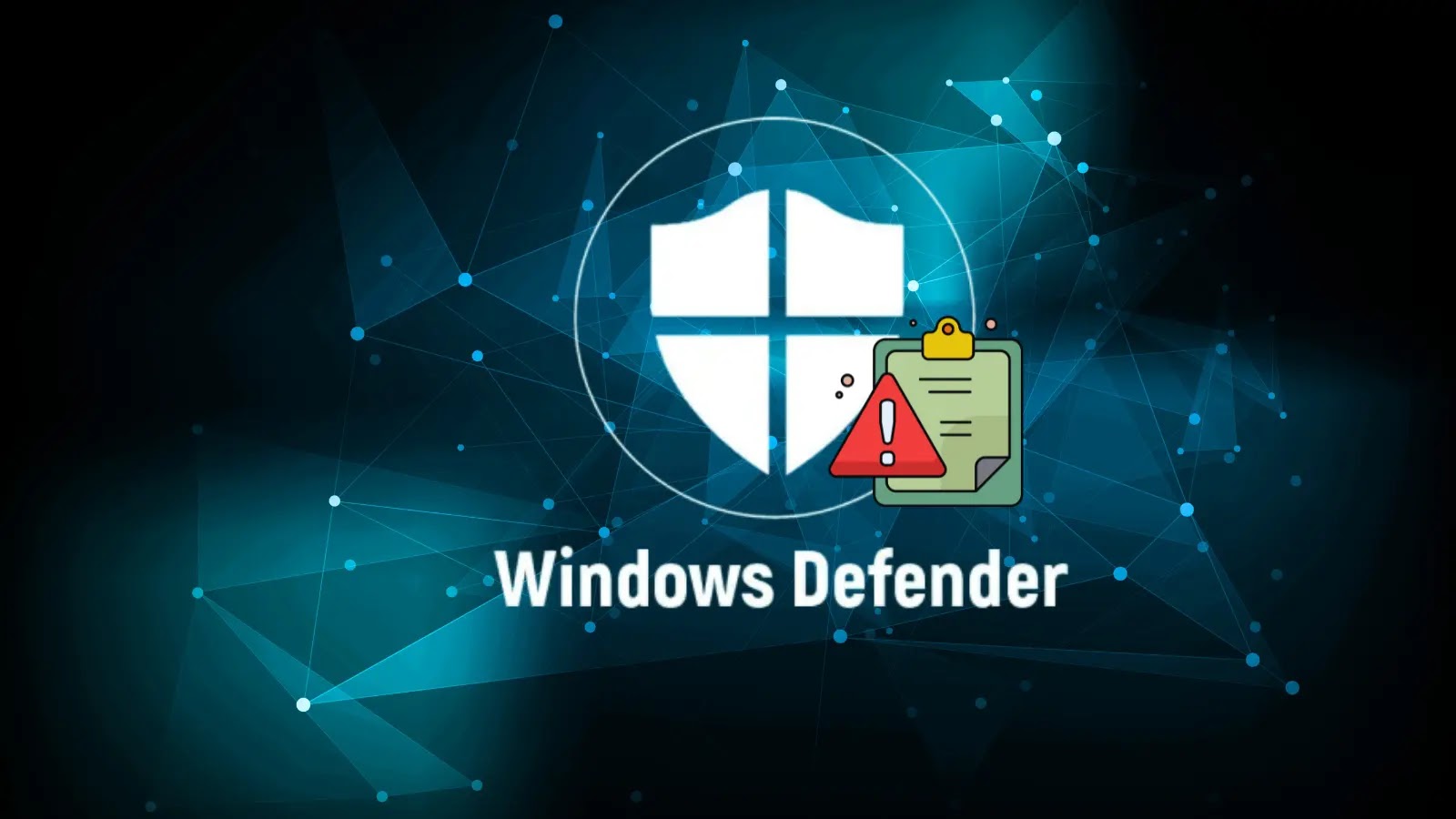
Hackers Leverage Windows Defender Application Control Policies to Disable EDR Agents
The digital battleground is constantly shifting, and recent intelligence reveals a disturbing new tactic employed by sophisticated threat actors: the weaponization of Windows Defender Application Control (WDAC) policies to cripple Endpoint Detection and Response (EDR) agents. This isn’t just a theoretical vulnerability; it’s a real-world threat actively exploited by ransomware groups like Black Basta, creating critical blind spots in corporate defenses. Understanding this technique is paramount for any organization serious about maintaining a robust security posture.
The Evolving Threat: WDAC as an Attacker’s Tool
Originally conceived as a robust security feature to prevent unauthorized applications from running, Windows Defender Application Control (WDAC) is now being manipulated by cybercriminals. The sophisticated technique, initially developed as a proof-of-concept, allows attackers to bypass an organization’s EDR solutions by modifying or exploiting existing WDAC policies. This effectively gives adversaries free rein once they’ve gained initial access, as their malicious activities go undetected by the very tools designed to stop them.
The core of this attack lies in its elegant simplicity. WDAC policies dictate which applications are allowed to execute on a system. By subtly altering these policies or leveraging misconfigurations, attackers can effectively instruct the operating system to block the execution or monitor capabilities of EDR agents. This doesn’t necessarily involve disabling the EDR service itself, but rather preventing its core functions from operating correctly within the WDAC framework, leading to a silent and devastating compromise.
Impact on EDR Agents and Corporate Security
The consequences of EDR agent subversion are severe. When an EDR agent is neutralized, an organization loses its primary mechanism for real-time threat detection, incident response, and forensic analysis. This creates a critical blind spot, allowing threat actors to:
- Maintain Persistence: Without EDR visibility, attackers can establish long-term presence within the network without raising alerts.
- Escalate Privileges: Lateral movement and privilege escalation activities often go unchallenged.
- Exfiltrate Data: Critical business data can be stolen unnoticed.
- Deploy Ransomware: As seen with groups like Black Basta, this technique directly facilitates the deployment and execution of ransomware, leading to costly operational disruptions and data loss.
- Destroy Systems: Malicious code can operate without interference, potentially leading to irreversible system damage.
The ability of ransomware groups to adopt and deploy this sophisticated technique highlights the critical need for organizations to not only deploy advanced security tools but also thoroughly understand and continuously monitor the underlying mechanisms that govern their operation.
Remediation Actions and Proactive Defense
Mitigating the risk of WDAC policy abuse requires a multi-faceted approach. Organizations must move beyond basic EDR deployment and implement robust strategies for policy management, system hardening, and continuous monitoring.
- Strict WDAC Policy Management:
- Principle of Least Privilege: Implement WDAC policies using a strong whitelist approach. Only explicitly authorized applications should be allowed to run. Regularly review and update these policies.
- Policy Integrity: Protect WDAC policy files and configurations from unauthorized modification. Employ file integrity monitoring (FIM) for critical policy files.
- Regular Auditing: Continuously audit WDAC events and logs for unusual activity or unexpected policy changes.
- Enhanced EDR Configuration and Monitoring:
- EDR Tamper Protection: Ensure EDR solutions have robust self-protection and tamper-prevention mechanisms enabled and properly configured. While WDAC can bypass some aspects, strong tamper protection adds another layer of defense.
- Behavioral Analytics: Leverage EDR’s behavioral analytics capabilities to detect suspicious activities that might indicate a compromised WDAC policy, even if the EDR agent itself isn’t fully shut down. Look for unusual process behavior, access to system files, or network communication patterns.
- Separate Monitoring: Implement out-of-band monitoring for EDR agent health and status. Consider agent health checks that operate independently of the operating system’s main application control mechanisms.
- Logging and Alerting: Ensure comprehensive logging for all WDAC-related events and EDR agent status changes. Configure immediate alerts for any critical events.
- Strong Access Controls:
- Least Privilege Access: Restrict administrative privileges on endpoints and servers. The ability to modify WDAC policies should be tightly controlled.
- Multi-Factor Authentication (MFA): Implement MFA for all administrative accounts and critical systems to prevent unauthorized access.
- Regular Patching and Updates:
- Keep operating systems, EDR solutions, and all other software up-to-date. Vendors often release patches to address vulnerabilities that could be exploited to manipulate security features.
Relevant Tools
While direct tools to “detect WDAC bypass” are often integrated into EDRs, the following tools are crucial for WDAC policy management and broader security posture relevant to this threat:
| Tool Name | Purpose | Link |
|---|---|---|
| Microsoft WDAC-Toolkit | A set of PowerShell scripts to simplify and automate WDAC policy creation, management, and deployment. | https://github.com/microsoft/WDAC-Toolkit |
| Sysmon | Monitors and logs system activity, providing rich data for detecting suspicious behavior, including attempts to modify system configurations. | https://docs.microsoft.com/en-us/sysinternals/downloads/sysmon |
| Endpoint Detection and Response (EDR) Solutions | Primary defense for detecting and responding to anomalous activity, crucial for monitoring for EDR agent tampering. (e.g., CrowdStrike Falcon, SentinelOne, Microsoft Defender for Endpoint) | (Vendor-specific links applicable) |
| Group Policy Management Console (GPMC) | Used for centrally managing and deploying WDAC policies and other security configurations across an Active Directory domain. | (Built-in Windows tool) |
Conclusion
The exploitation of Windows Defender Application Control policies to disable EDR agents represents a significant evolution in attack techniques. While WDAC is a powerful security feature, its misconfiguration or deliberate manipulation can turn it into an attacker’s ally. Organizations must prioritize the robust management of WDAC policies, enhance their EDR agent’s tamper protection, and implement comprehensive monitoring to detect any attempts to compromise these critical defenses. Staying ahead of these sophisticated threats requires continuous vigilance, proactive policy enforcement, and a deep understanding of how attackers can weaponize legitimate system features.





